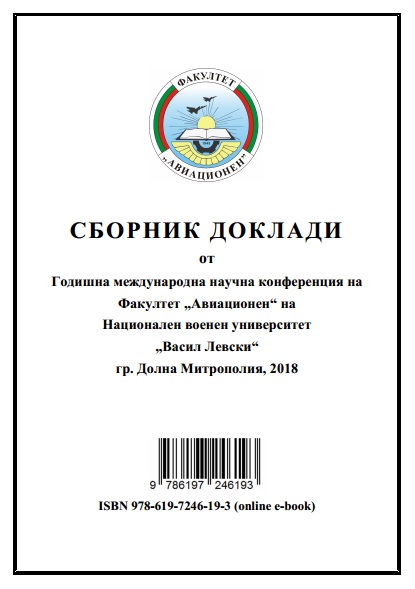
ЕЛЕКТРОННО ЗАХРАНВАНЕ НА МОДУЛЕН ПРИНЦИП С ПОВИШЕНА НАДЕЖНОСТ ПРЕДНАЗНАЧЕНО ЗА ИСПОЛЗВАНE В БЕЗПИЛОТНИ ЛЕТАТЕЛНИ АПАРАТИ
The power supply is built on a modular basis, in the case of four independent modules. Each of these modules may be selected with a suitable voltage and current consumption, depending on the wishes of the user. This unit is designed and built from 3 standard low voltages and one high voltages of 2000 V. The output voltages are well filtered and protected from short circuit. Installation of smart functions in electronic devices gives them greater autonomy and reliability. Each module is duplicated and connected to the scheme " wire OR" to other analogous thereto. This allows in case of damage to one of the modules automatically to include the other. Rechargeable battery supports all the voltages for a specified period of time when the main power fails. When main power is restored, the emergency is turned off and the battery goes into charging mode. Power supply is assembled from the factory ready-made modules from leading technology companies. These characteristics of power supply enabling him to work with high reliability on board space stations and unmanned aerial vehicles.
More...